Whether you admit it or not, the mysterious origin of kombucha is part of its charm. As you get better at brewing your booch, it’s natural to be curious how did the first kombucha brewers react to the floating SCOBY and where did the first SCOBY come from anyway?
While there’s no proven origin of kombucha, we listed down some of the interesting folklore and grandma stories about the discovery of SCOBY in Europe and Asia. If you love everything about kombucha and the ancient practice of fermentation, let our list below pique your curiosity and help you appreciate how a potential secret tonic back in the day is now within your reach.
13 Stories, folktales, and old wives’ tales about the origin of SCOBY
Based on the earliest written books about kombucha, the earliest mention of kombucha or a drink similar to the characteristics of kombucha are in China, Russia, and the neighboring countries. Check out what kind of legends and stories are passed down for several generations below:
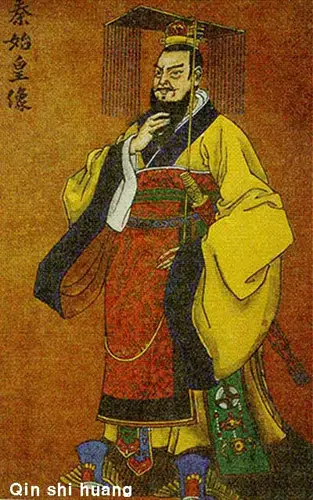
#1 Elixir of life: China
The well-known story about the origin of SCOBY and kombucha is from 221 BC during the Qin Dynasty in China. It is believed that Emperor Qi Shi Huangdi used kombucha including the SCOBY as a fountain of youth. Ancient texts mention that it is called the Elixir of Life but there is not enough evidence that what they’re talking about is the kombucha we know today.
Many kombucha enthusiasts consider this story as the closest to the real origin of kombucha since the discovery of tea originated in China. It is also the earliest possible record of kombucha found up to this day. Despite the lack of supporting artifacts, they declared February 21 as World Kombucha Day following the numbers 2 – February and 21-day from the 221 BC time stamp of this legend.

#2 The Magic Ant: Russia
Kombucha has strong roots in Russia. Most Russians can recall their grandmothers forcing them to drink kombucha when they were young since it is known for its medicinal benefits. One of the many folklores in Russia about SCOBY is the mystic monk with a powerful ant.
According to the folktale, the monk drops an ant on a cup of tea and turns it into a medicinal tonic that heals illnesses. Many kombucha brewers assume that the ant was a mini SCOBY that the monk use to ferment the tea and turn it into kombucha. Since it’s just a folktale, there’s no way for kombucha advocates to verify if the ant was indeed a real ant or a real SCOBY.
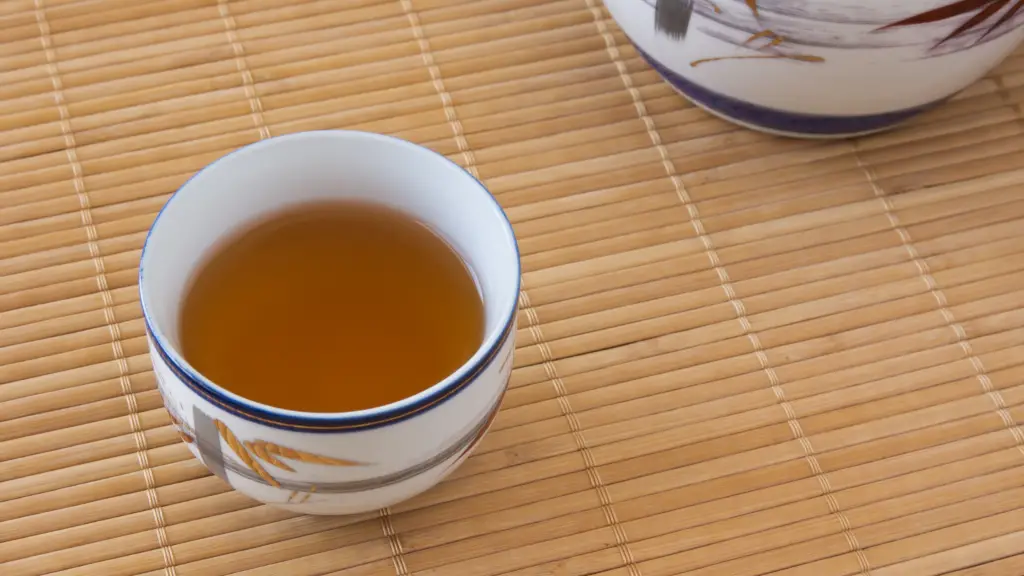
#3 Farmer at rest: China
Aside from Emperor Qin Shi Huangdi, another theory about the origin of SCOBY came from the common folks in rural China. The SCOBY or kombucha is believed to be cultured by accident.
According to the story, a farmer was having tea in the middle of a field and left it to go back to work. He forgot about the tea and only found it the next day. Upon checking the tea, he noticed that something was already growing in it. Possibly, the farmer got curious and drank the tea and experienced its healing abilities.
The farmer shared his experience with his community and gave them a piece of the thin film, which started the spread of kombucha brewing in their region. From then on, the story was passed on from one generation to another and became a communal belief about the origins of SCOBY.

#4 Swimming bug: Tibet
Moving to another region, a Tibetan folktale is also believed by some kombucha advocates as the real origin of SCOBY. The folktale is about a monk who was having tea and fell asleep. While he was dozing off, a bacteria-carrying bug was attracted to the sweet tea and fell into the tea.
The monk woke up and forgot about the tea he was drinking the day before. When he came back, he found that something is developing in the tea. out of possible curiosity, he drank the tea and discovered its healing effects. He, later on, shared the news with everyone in his community, which is believed to be the birth of the kombucha brewing culture in the region.

#5 Centenarian monks: Manchuria/China
There have been a lot of folktales about Manchuria that remain a mystery to this day like the Manchurian Gold. One of the Manchurian folktales involves a monk who discovered the culture of yeast and bacteria in his tea while he was staying in his cave.
The monk was said to have lived up to more than a hundred years old which amazed the whole community. With that, many people became curious about his lifestyle and found that he was drinking a cultured tea he discovered in his cave.
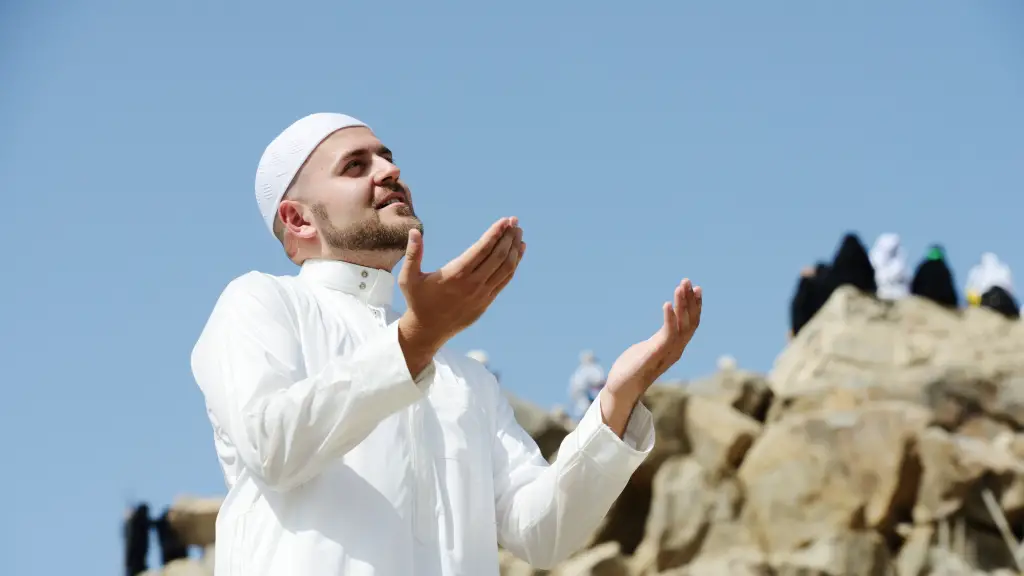
#6 Mecca’s mushroom: Malaysia
Malaysia is in the southern part of the globe but they also have contributed to the possible origin of SCOBY and kombucha. The majority of the Malaysian population belongs to the Muslim community. As Muslims, one of their goals is to visit Mecca.
It is believed that the Muslim pilgrims would brew big batches of sweet tea and bring them with them as they travel in fleets to Mecca. The sweet tea would later turn sour and develop a thin film, which is suspected to be kombucha. and SCOBY. Due to the practice of brewing it on the way to Mecca, SCOBY was let known as Mecca’s mushroom.
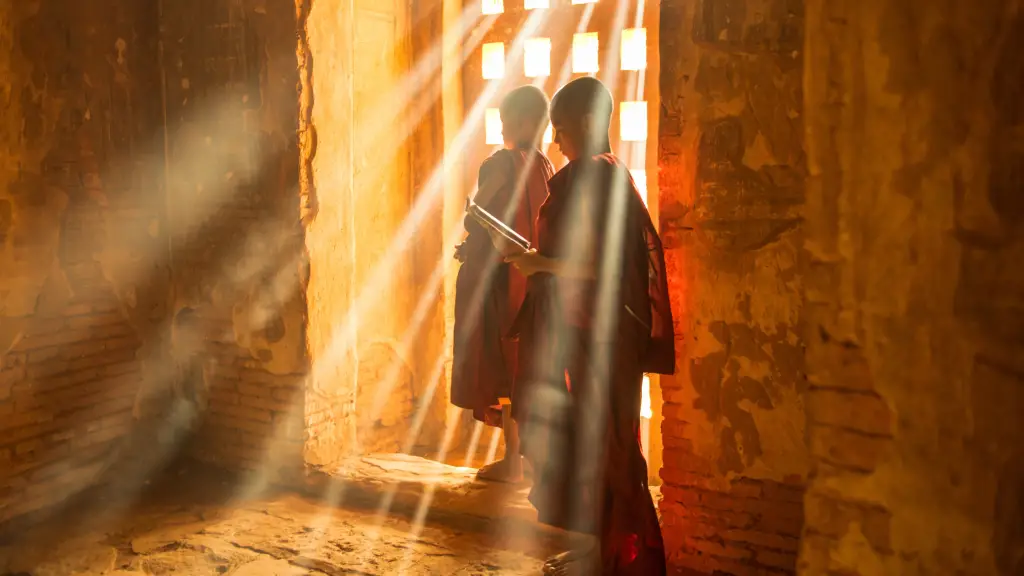
#7 Dr. Kombu and The Monk Kombu: Japan
Dr. Kombu is a Korean physician from Silla village who is among the most popular personalities in kombucha history. Almost every kombucha book has his name since he is believed to be the one who gave kombucha as a gift to the Japanese emperor to treat his illnesses.
Dr. Kombu was written in the ancient Japanese scrolls Kojiki and Nihon Shoki. However, it was not clear if the tonic was kombucha. There are also not enough details about the tonic but speculations emerged that the term kombucha is named after Dr. Kombu as an appreciation of the emperor for his new invention.
Another monk named Kombu is known in Japan as the one who discovered SCOBY and kombucha. According to the legend, he used kombucha to heal the sick and the elderly. Due to the healing properties of the drink, he became popular in the village and people started to gather in the temple to have some of the tea.
#8 Kargasok tea: Russia
Many kombucha advocates know that Russia plays a great influence in the spread of kombucha. One of the little-known stories about the origins of SCOBY and kombucha in the region is the legend about the community Kargasok situated in the Caucasus mountains in Russia.
A Japanese woman got interested in the number of healthy centenarians or elderly, aged 100 years old and above in Kargasok. She later found out that aside from the fresh air and organic foods they consume in the mountains, they are drinking kargasok tea.
Kargasok tea is a Russian tea that is believed to be the same as kombucha. It is a tea with yeast that came from the town of Kargasok. The name itself is named after the town where it is found. It is also called yeast enzyme tea. Many people think that it’s probably one of the possible origins of SCOBY and kombucha.

#9 Genghis Khan Tonic: Mongolia
Genghis Khan is known as one of the best warlords in the world. They are feared by many nations for their ruthless leader and the tribes they conquered and united. Some ancient texts about Genghis Khan mentioned a vinegary drink that they carry in tin cans during battles.
The vinegary drink is believed to be the secret to the strength and fast recovery of Genghis Khan’s soldiers, allowing them to win battles. Kombucha enthusiasts suspect that the tonic is kombucha and they were using SCOBY to make big batches for the whole troop.
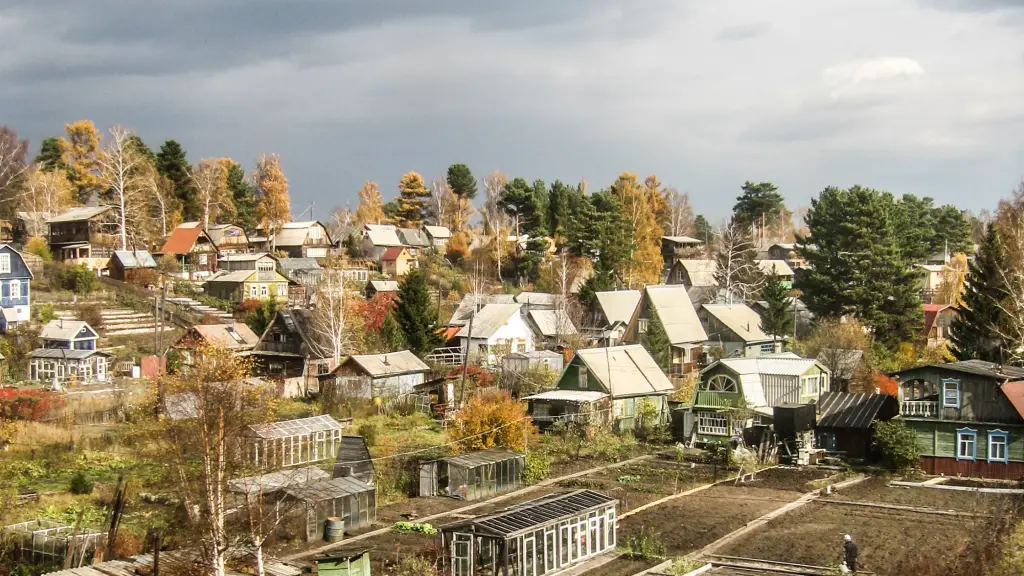
#10 The cancer-free community: Russia
Since kombucha is popular in Russia, another legend suggests that the SCOBY and kombucha began to spread in the country through a community with no cases of cancer. According to the legend, Russia experienced widespread of cancer back in the day.
In the pursuit of Russian doctors to find a cure, they stumbled upon a community who are not affected by widespread cancer in the country. The common factor among the community members is their daily intake of fermented tea which is suspected to be kombucha.
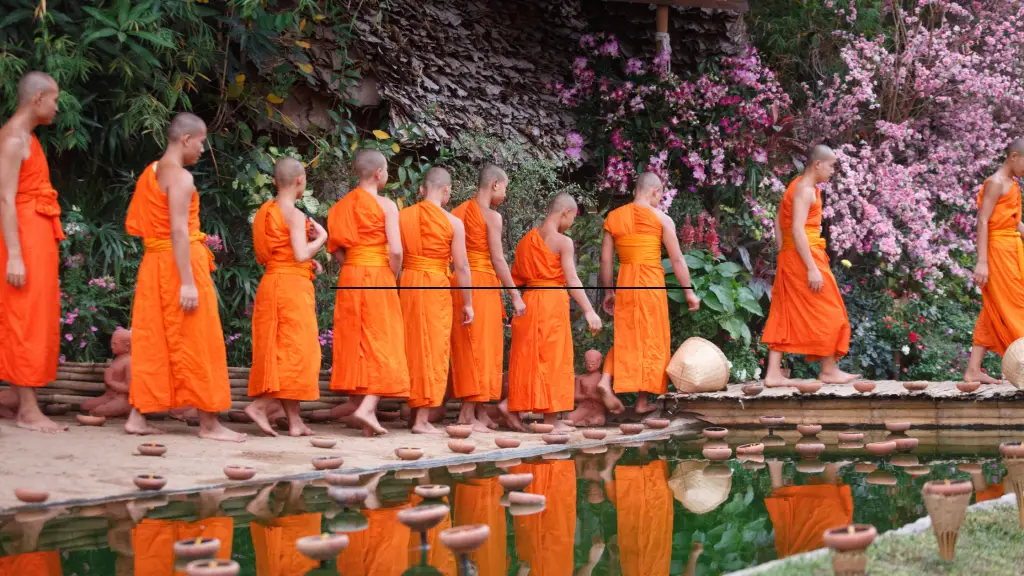
#11 The traveling Buddhist monks: Russia
At this point, you may notice that monks are often linked to kombucha. There’s even a ‘Monk Strain‘ kombucha recipe that is shared in the kombucha community that is believed as the recipe of the ancient monks.
Another monk-related Russian legend talks about the Buddhist monks in the 6th century who drink fermented tea while they are traveling. It is believed that the drink was kombucha and they consume it to help increase their energy and maintain their health.
There’s no particular explanation for these monk-related legends but the origin of kombucha is often related to unique practices done by religious or spiritual members of the community. Since SCOBY has a peculiar way of growing out of tea, most people associate it with magic or a miracle back in the day.

#12 Accidental scientific discovery: Germany
Germany also has its own legends about kombucha, which started to spread after World War II. One of the stories that spread in the country is during the 1800s when a German doctor named Dr. Kneipp started researching treatments for stomach ulcers.
While Dr. Kneipp is studying the gut and the human microbiome, he accidentally discovered kombucha, the SCOBY, and how it affects human health. However, there are not enough documents or citations about this story.
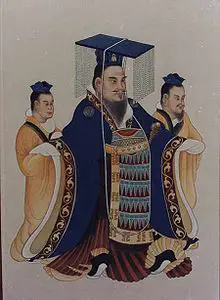
#13 A curious emperor & his long-lasting tea: China
Tea is invented in China which explains why so many legends took place in Northeast Asia or the former Manchuria. Aside from the legends mentioned above, one less-known legend talks about a curious Chinese emperor and his quest to make a long-lasting tea.
He was looking for a way to make his tea last longer without spoiling. He tried several attempts and found that yeast and sugar lead to fermentation. Later on, he found out that the fermentation extended the shelf-life of his tea and improved its flavor.
The emperor was astonished by his new discovery and ordered the palace to create batches of kombucha based on his recipe. Unlike the legend about Qi Shin Huangdi’s elixir of life, there’s not enough text about this legend. This is probably one of those folktales influenced by the creative curiosities and imaginations of common folks that have been passed down to generations.
Frequently Asked Questions (FAQs)
What is kombucha SCOBY made of?
SCOBY is a cellulose made of microscopic yeast and good bacteria. The thin film that is developed on every batch is fleshy cellulose which is the byproduct of yeast and bacteria as they convert sugar into alcohol and acetic acid.
The thin film of cellulose becomes thicker as you continue to submerge it in sweet tea. The bacteria and yeast may look too microscopic but they can build a thick SCOBY with a tough texture. It may look soft and slimy but it’s not easily torn or pierced.
What is SCOBY used for?
A SCOBY, or Symbiotic Culture Of Bacteria and Yeast, is the key ingredient in kombucha. that serves as the reinforcement for the kombucha starter culture. It helps speed up the fermentation process and improve the flavor within the optimal fermentation time.
Is eating SCOBY good for you?
If kombucha has its purported benefits then eating SCOBY would have the same benefits too. However, it contains a more potent flavor since it is home to a colony of yeast and bacteria. Most people process them through cooking or freezing to manage their flavor and make them more delicious through added ingredients.
How do you make kombucha SCOBY?
Making a SCOBY is almost similar to brewing kombucha. However, the measurements is different and the fermentation time is longer. you may check out how to make kombucha SCOBY in our separate post here.
